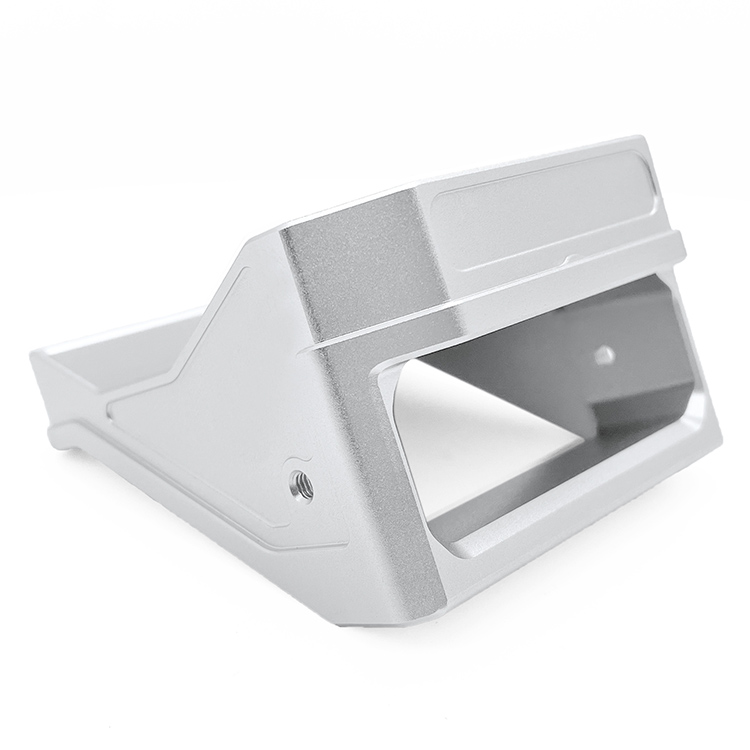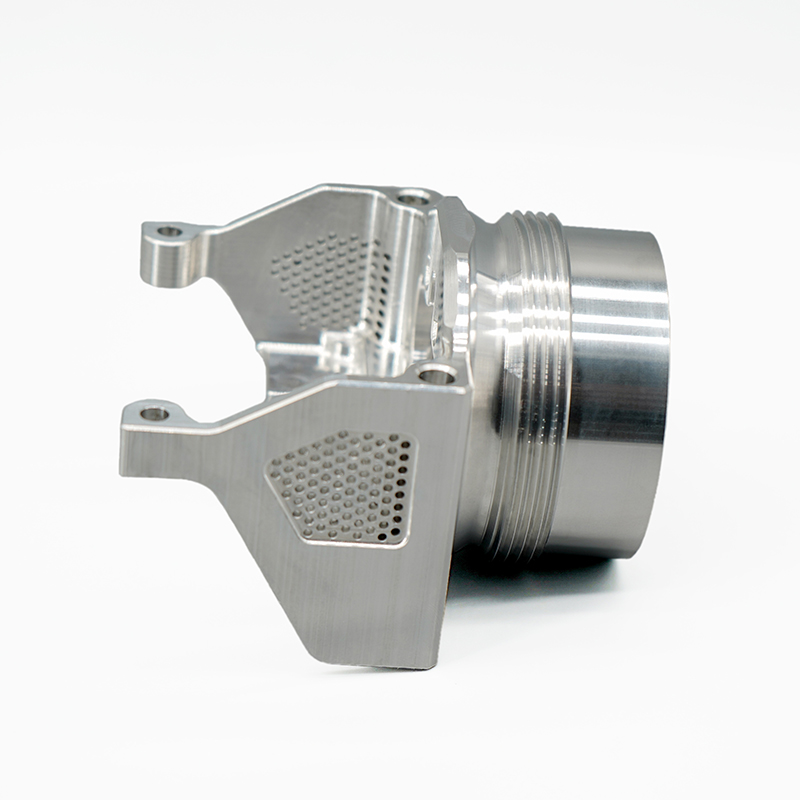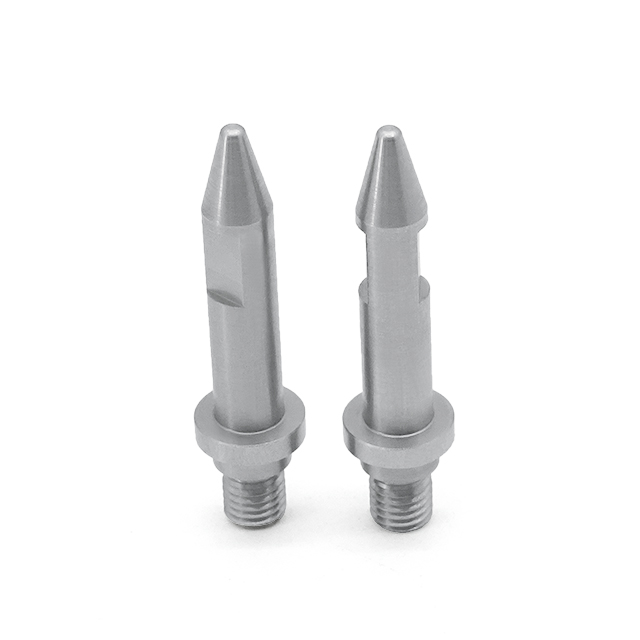Wholesale China Custom Cnc Machining Service Factories Pricelist – China Custom Turning Precision Gold Plating CNC Brass Machining Parts – Senze
Wholesale China Custom Cnc Machining Service Factories Pricelist – China Custom Turning Precision Gold Plating CNC Brass Machining Parts – Senze Detail:
Features Of Brass Milling Parts
– Long shelf life
– Strong wear resistance
– Good malleability
– Flexible and rustproof
– Easy to shape
– Excellent tensile strength, rustproof

Brass is a metal alloy made of copper and zinc; the proportions of zinc and copper can be varied to create a range of brasses with varying properties. Brass has higher malleability than bronze or zinc. Brass is one of the most-used materials in the world. The relatively low melting point of brass (900 to 940 °C, 1,650 to 1,720 °F, depending on composition) and its flow characteristics make it a relatively easy material to cast. Brass parts By varying the proportions of copper and zinc, the properties of the brass can be changed, allowing hard and soft brasses. Brass is generally known for several things – decent strength and electrical conductivity, it can be polished easily, and there seems to be a brass for just about every application.
The advantage of brass machining
Brass machining parts (5 axis and conventional) have several key advantages compared to machining other materials. Brass parts and components are durable, cost-efficient, and even create a tighter seal for fittings and have a high heat and corrosion resistance application. Brass machining is used in a wide variety of industries, including medical, electrical, plumbing, and even consumer goods. Companies prefer small brass turned parts and components because it’s one of the easiest materials to machine. Brass fittings are often used in electronic hardware because of its low strength and weight properties and in precision engineering for manufacturing cylinder parts.
Applications For Brass Milling Parts
Medical and Pharmaceutical, Automobile, Military, Hardware, Toys, Telecommunications and more. Precision brass CNC milling parts can also be used in Home appliances, Engineering and Plumbing.
Product detail pictures:

Related Product Guide:
We stay with our company spirit of "Quality, Performance, Innovation and Integrity". We goal to create more value for our clients with our abundant resources, advanced machinery, experienced workers and superb solutions for Wholesale China Custom Cnc Machining Service Factories Pricelist – China Custom Turning Precision Gold Plating CNC Brass Machining Parts – Senze , The product will supply to all over the world, such as: Los Angeles, Grenada, Gambia, With nearly 30 years' experience in business, we are confident in superior service, quality and delivery. We warmly welcome customers from all over the world to cooperate with our company for common development.
CNC Machining Parts
The company keeps to the operation concept "scientific management, high quality and efficiency primacy, customer supreme", we have always maintained business cooperation. Work with you,we feel easy!





